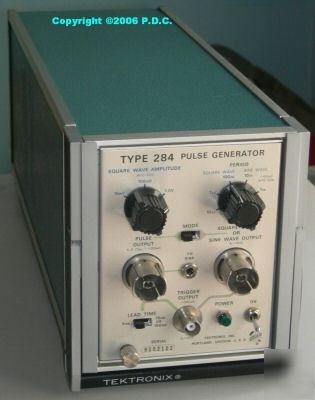Hi LaurenceW,
Its a matter of your intent for your gear. If you are using gear mostly to design, high fidelity is more important than convenience. DDS is famous for stability but higher distortion, analog generators give low distortion, but more prone to frequency drift. arbs need to be specified by the number of bit resolution, to improve its resolution and reduce distortion. If the arb need is fairly low or uncertain, used pulse generators, etc., from eBay sell for far less than a new Rigol, and made by more reputable makers. If you choose one from 1990s technology they are fairly easy to repair and, likely, made of parts from the golden days of USA, Japan, EU and Taiwan sources with far better quality than today.
There is strong suggestion than cheapo arb or DDS generators can produce high quality and spending more won't get you more, it depends on manufacturer [ see a thread on eevblog on the Velleman USB signal generator versus Hantek 3x25 regarding harmonic distortion content of its sine wave output.] So you can get such a device separately, and get a separate pulse and function generator, all geared to be as best bang for buck, over say the Rigol.
I recent got this reference pulse generator capable of < 70ps for $70. You can build the Jim Williams version for about the same money, but its designed only to go to 300ps-1ns range.
http://webpages.charter.net/dawill/tmoranwms/Elec_Pulse.html
As Bored suggests, I am too am very leery about buying from alibaba and most large China based vendors; if I do I would consider the purchase a complete gamble and know before hand I will lose all my money, or receive damaged goods.
Alibaba is a strange name for a web business, he was in league with the '40 thieves.' The story goes " ...popular perception of Ali Baba, and the way he is treated in popular media, sometimes implies that he was the leader of the "Forty Thieves": in the story he is actually an "honest man"[1] whom fortune enables to take advantage of the thieves' robberies."
http://en.wikipedia.org/wiki/Ali_BabaSo maybe the website is trying to make an honest living by hosting thieves?
I think it safer to buy direct from eBay based Chinese vendors as the 'small guy' is less likely to screw you given he wants business, and you can more easily chat with them via email to determine how honest they will deal with you. eBay also tracks their history of successful transactions and, being based in the USA, you have some redress for complaints.
Saturation, that TEK looks like a nice piece of kit, almost tempted to add one to the list "for old times' sake"
I am looking for something which will see me right for maybe another ten years (then who knows what kit will be available??) without costing the earth. I guess i know what my needs are NOW, but not what they might be in a few years! The Rigol is looking like fitting the bill - as i currently see it.
....But Wait! What's this Rigol DG4062 for under 500 bucks:
http://www.aliexpress.com/product-gs/519276071-adopting-the-DDS-technology-two-channels-a-multifunctional-generator-DG4062-free-shipping-wholesalers.html
ohoh! Scope creep setting in....